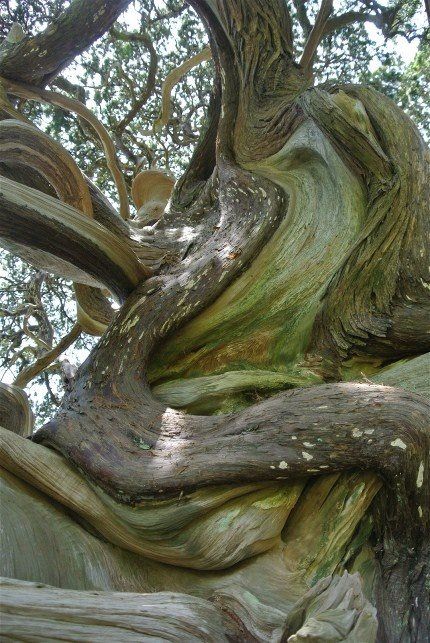Dear Integral Meditators,
What might a mindful path of balance & harmony look like? This weeks article examines this using the paradigm of the middle way.
For those in Singapore please note in addition to the weekly Wednesday evening class there is also an additional monthly class in the centre of town starting on 21st April: 7.30-8.30pm – Monthly Thursday Evening Integral Meditation Classes @ the Life Chiropractic Centre with Toby
In the spirit of balance & harmony,
Toby

The Middle Way
The Buddha talked about his path as ‘the middle way’. As I understand it and practice it, essentially the middle way is the path of balance and harmony, facilitated by engaged, mindful awareness.
The middle way as I experience it in my own life this means that I am always walking the middle way between two poles or opposites, holding the tension between the two. If I move too far toward one pole, I move into state of imbalance, if I move too far in the other direction then I become imbalanced in another way. For example:
- Aspiration and ambition – If I am too ambitious in my work I will find myself continually dissatisfied/frustrated, but if I am not ambitious enough then I will not reach my full potential
- Attachment and non-attachment – If I don’t allow myself to feel any emotional empathy and attraction to other people then I will become negatively detached, but if I feel those emotions too intensely I may find myself obsessively attached and co-dependent
- Anger and assertion – If I feel too angry about what someone has done to me I may act in ways that cause the relationship to deteriorate further, but if I do not assert myself powerfully enough, then the other person may continue to walk over me, or behave inappropriately
- Over and under preparation – If I don’t prepare enough for a talk I am giving then I may mess it up in one way, but if I prepare too much, then the detail may get in the way of delivering the speech also
- Focus and Relaxation – If I try too hard to focus in my mindfulness meditation session, then the effort of focus will get in the way of developing a single-pointed state of mind, but if I relax my effort too much then the over-relaxation will cause my mind to wander anyway
A question
So, in every situation there is a middle way between two opposite or opposing forces in your life. So then the question becomes ‘What are the two opposing forces in this particular situation right now, and what is the middle way between them?’ Asking a question like this stimulates our mind and awareness to seek out these polarities and find the harmonious, balanced middle way between them.
The point of harmony and balance is always changing
The challenging thing about the practice of the middle way is that it is always changing, because the reality around us is always changing; in the morning the middle way may be to act, in the afternoon to sit back. At times it requires us to make a judgment call, other times to refrain from judging.
An Image
The path of the middle way is a bit like riding a bicycle; you are always having to seek out and sustain your point of balance. Sometimes sustaining the balance is relatively simple, such as when you are riding at steady speed down a straight road. At other times it can be quite complex and demanding such as when you are racing, going across rough terrain or in a busy street. In these circumstances finding the middle way requires constant, active & mindful adjustments.
Getting started
In the material above there is an image and a question that are designed to help mindfully direct you along the path of the middle way. If you like you can start working with them in your daily life, using them as guide posts for you to start seeking and sustaining your own middle road.
© Toby Ouvry 2016, you are welcome to use or share this article, but please cite Toby as the source and include reference to his website www.tobyouvry.com
Upcoming Courses at Integral Meditation Asia:
Ongoing on Wednesday’s, 7.30-8.30pm – Wednesday Meditation Classes at Basic Essence with Toby
Saturday April 16th, 2.30-5.30pm – Living Life From Your Inner Center – Meditations for Going With the Flow of the Present Moment – A three hour workshop
Thursday 21st April 7.30-8.30pm – Monthly Thursday Evening Integral Meditation Classes @ the Life Chiropractic Centre with Toby
Saturday April 30th, 2.30-5.30pm – Mindful Self Confidence: Developing your self-confidence, self-belief & self-trust through mindfulness & meditation
Integral Meditation Asia
Online Courses * 1:1 Coaching * Live Workshops * Corporate Mindfulness Training *Life-Coaching * Meditation Technology









